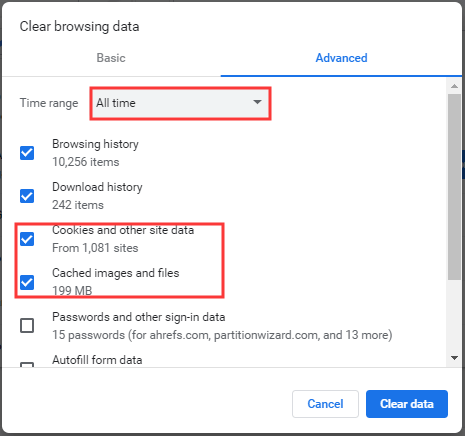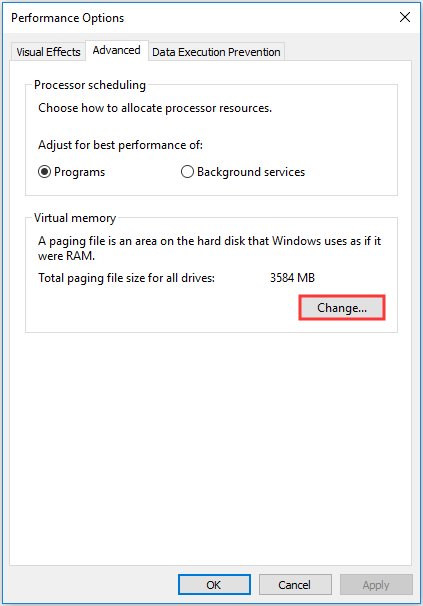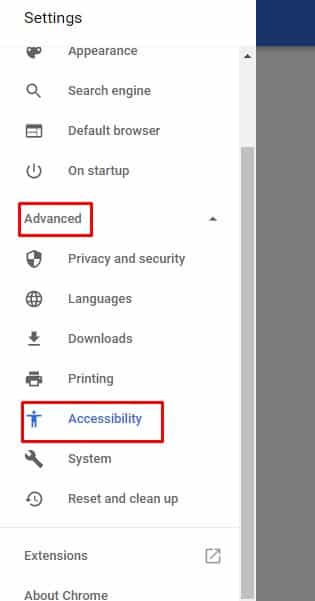

- #Vidup page error not enough memory to open page how to
- #Vidup page error not enough memory to open page code
The JS heap graph (the blue graph) is not as straightforward. You can presume that each increase in the node count is a call to grow(). The node count increases in discrete steps. If you look at the node counter (the green graph) you can see that it matches up cleanly with the code.
#Vidup page error not enough memory to open page code
Now, an analysis of the code compared with the screenshot. Disabling a checkbox hides it from the graph. Here you can see memory usage broken down by JS heap (same as HEAP graph in the Overview pane), documents, DOM nodes, listeners, and GPU memory. Below the Overview pane is the Counter pane. The HEAP graph in the Overview pane (below NET) represents the JS heap. Running this code produces a Timeline recording like the following screenshot:įirst, an explanation of the user interface. addEventListener ( 'click', grow ) Įvery time that the button referenced in the code is pressed, ten thousand div nodes are appended to the document body, and a string of one million x characters is pushed onto the x array. To demonstrate Timeline memory recordings, consider the code below: var x = ĭocument. Click the collect garbage button ( ) while recording to force garbage collection. Tip: It's a good practice to start and end your recording with a forced garbage collection. The Timeline panel helps you visualize a page's memory use over time. You can also use the Timeline panel as another starting point in your investigation. # Visualize memory leaks with Timeline recordings If this number is increasing, either new objects are being created, or the existing objects are growing. The live number represents how much memory the reachable objects on your page are using. The value you're interested in is the live number (the number in parentheses). The JavaScript Memory column represents the JS heap.If this value is increasing, DOM nodes are getting created. The Memory column represents native memory.These two columns tell you different things about how your page is using memory: Right-click on the table header of the Task Manager and enable JavaScript memory. Press Shift+Esc or go to the Chrome main menu and select More tools > Task manager to open the Task Manager. The Task Manager is a realtime monitor that tells you how much memory a page is currently using. Use the Chrome Task Manager as a starting point to your memory issue investigation. # Monitor memory use in realtime with the Chrome Task Manager

If the experience is consistently bad, the page may be exceeding the memory capabilities of those devices. Find out what devices are popular with your users, and then test out your page on those devices. The key here is to use the RAIL model and focus on your users. The same page that runs smoothly on a high-end smartphone might crash on a low-end smartphone. There are no hard numbers here, because different devices and browsers have different capabilities. What qualifies as "using too much memory"? But memory bloat is a bit harder to pin down. If a site is progressively using more and more memory, then you've got a leak. So if the browser is garbage collecting a lot, script execution is going to get paused a lot.Ī memory leak is easy to define. During collections, all script execution is paused.

Garbage collection is when the browser reclaims memory. This is possibly a symptom of frequent garbage collections.

Find out how much memory your page is currently using with the Chrome Task Manager.
#Vidup page error not enough memory to open page how to
Learn how to use Chrome and DevTools to find memory issues that affect page performance, including memory leaks, memory bloat, and frequent garbage collections.


 0 kommentar(er)
0 kommentar(er)
